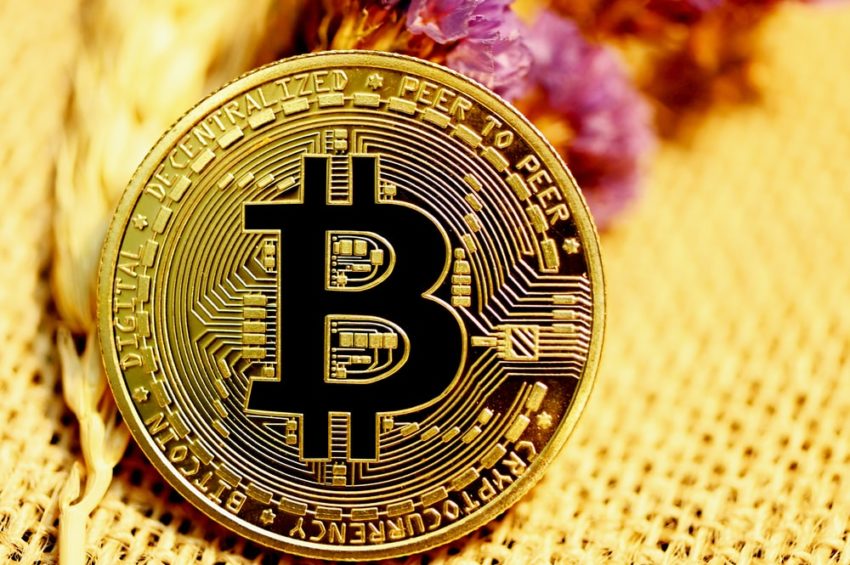Bitcoin (BTC) has taken investors and the rest of the world on a wild ride from its humble beginnings in 2008 to its price peak in 2021. In just over a decade, the first cryptocurrency has risen and fallen, rallied and fallen, and risen and fallen again on its way to tens of thousands of dollars.
Bitcoin is a peer-to-peer electronic trade that is decentralized. To put it another way, this means that people can send money directly to each other without the need for a bank or a third party to act as an intermediary. Bitcoin was designed so that people may conduct financial transactions without relying on the government or banking institutions. The Bitcoin blockchain, which uses a proof-of-work system for tracking and verifying transactions, allows users to deal amongst themselves.
Bitcoin is the most popular cryptocurrency in the world today, and some proponents hope it will eventually replace physical cash. While Bitcoin isn’t flawless, investors are encouraged by the progress achieved since the cryptocurrency’s creation. Bitcoin’s surge has sparked a fervent group of supporters who are ecstatic about cryptocurrency’s potential for investors and businesses. Thousands of new cryptocurrencies have sprung up as a result of Bitcoin’s success.
How Bitcoin Started
As skepticism of banks and their role in the financial system rose during the 2008 Great Recession, Bitcoin was born. Satoshi Nakamoto, an individual or a group of individuals, published a white paper in response to the centralized control of money and the trust required in handling citizens’ cash.
When the first block, known as the genesis block, was mined on Jan. 3, 2009, the blockchain was officially started. A week later, the first test transaction took place.
“It was only available to miners confirming the Bitcoin blockchain for the first few months of its existence,” explains Chetan Chawla, an assistant professor of entrepreneurship at North Central College in Naperville, Illinois, who studies cryptocurrencies and blockchain.
The first economic transaction took more than a year to complete, when a Florida man arranged to have two $25 Papa John’s pizzas delivered for 10,000 BTC on May 22, 2010. Grabowski claims that “the transaction effectively established the original real-world price or value of Bitcoin at 4 Bitcoins per penny.”
In today’s world, that same quantity of Bitcoin is worth about $400 million. Fans and advocates of cryptocurrencies have designated May 22 as Pizza Day in recognition of this watershed occasion.
“The earliest Bitcoin transactions were negotiated on internet forums with people trading for products and services in exchange for Bitcoin,” explains Garrette Furo, a partner at New York-based investment management firm Wilshire Phoenix. “Bitcoin’s value was set arbitrarily at first.”
Miners and coders began to build new networks, such as Ethereum and Litecoin, in 2011, and began to enhance the technology behind Bitcoin’s blockchain, adapting it for different uses, according to Furo.
“This broader array of applications attracted more people, contributing to the rise in Bitcoin’s perceived value,” he explains. “As a result of select businesses accepting Bitcoin alongside traditional currencies, there was also a rise in the use of Bitcoin as currency.”
It became easier to purchase, sell, trade, and store Bitcoin after it became available on exchanges in 2010. Bitcoin maintains a consistent price against the US dollar thanks to these exchanges. In El Salvador, it has even been officially approved as legal tender alongside the dollar.
History of Bitcoin Prices
Bitcoin’s volatility is one of its most well-known qualities. Bitcoin, as an emergent asset class, is fraught with speculation, with the basis for its value being hotly discussed. Despite price swings, Bitcoin’s value has skyrocketed since its launch in 2009.
“The history of Bitcoin has primarily been one of exponential expansion punctuated by a few severe price retrenchments,” says Peter C. Earle, an economist and research fellow at the American Institute for Economic Research.
According to Earle, these hypotheses abound, including Bitcoin being a “skunk work,” or a hidden initiative of a huge corporation such as Alphabet Inc. (GOOG, GOOGL) or an intelligence organization. “Others believe it’s a ‘trap-door project,’ in which a malevolent party has been calmly waiting for almost a decade to assume control when it grows large enough.”
Bitcoin’s “testimony to two long-disputed views: first, that money is a good like any other, (and) second, that money can come about as a result of a market process,” according to Earle, is more important than its past.
While Bitcoin is still developing as a store of value and unit of account, Earle claims that cryptocurrencies have effectively buried the “concept that money isn’t money unless it’s accepted as payment for taxes.” (Bitcoins are not accepted by the IRS.)
Bitcoin in the Future
So, what does the future hold for Bitcoin? Nobody knows for sure, but Furo thinks it’ll be a bright and lively place. “Innovative, cost-effective, and transparent investment vehicles are on the horizon, and will help make bitcoin investing even more accessible,” he argues. “This level of access would be comparable to that of traditional marketplaces.”
Just keep in mind that no investment, especially one in the frontier, is without risk. If there’s one thing we can learn from Bitcoin’s past, it’s that what goes up can also go down, and it can come down quickly.

